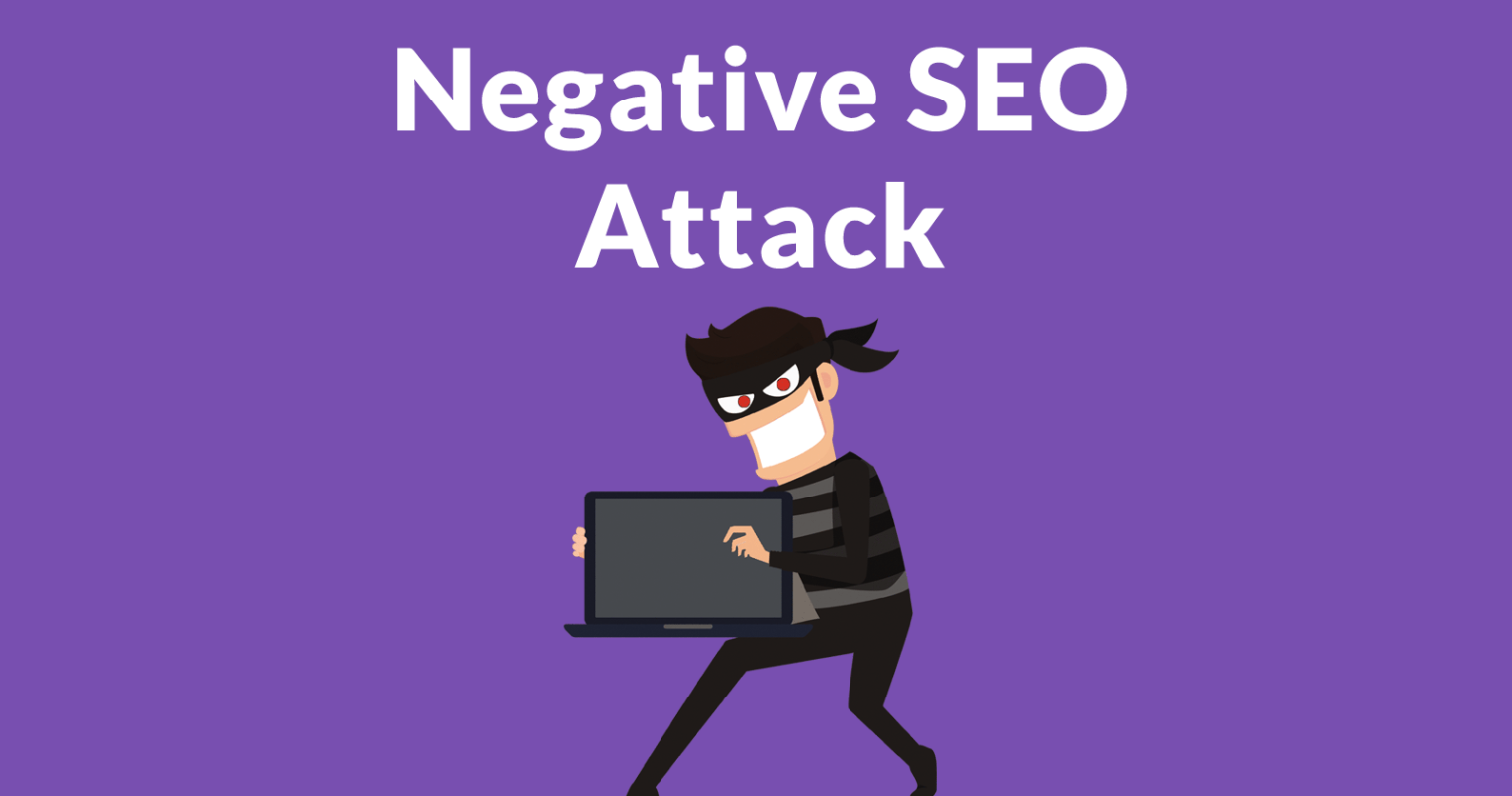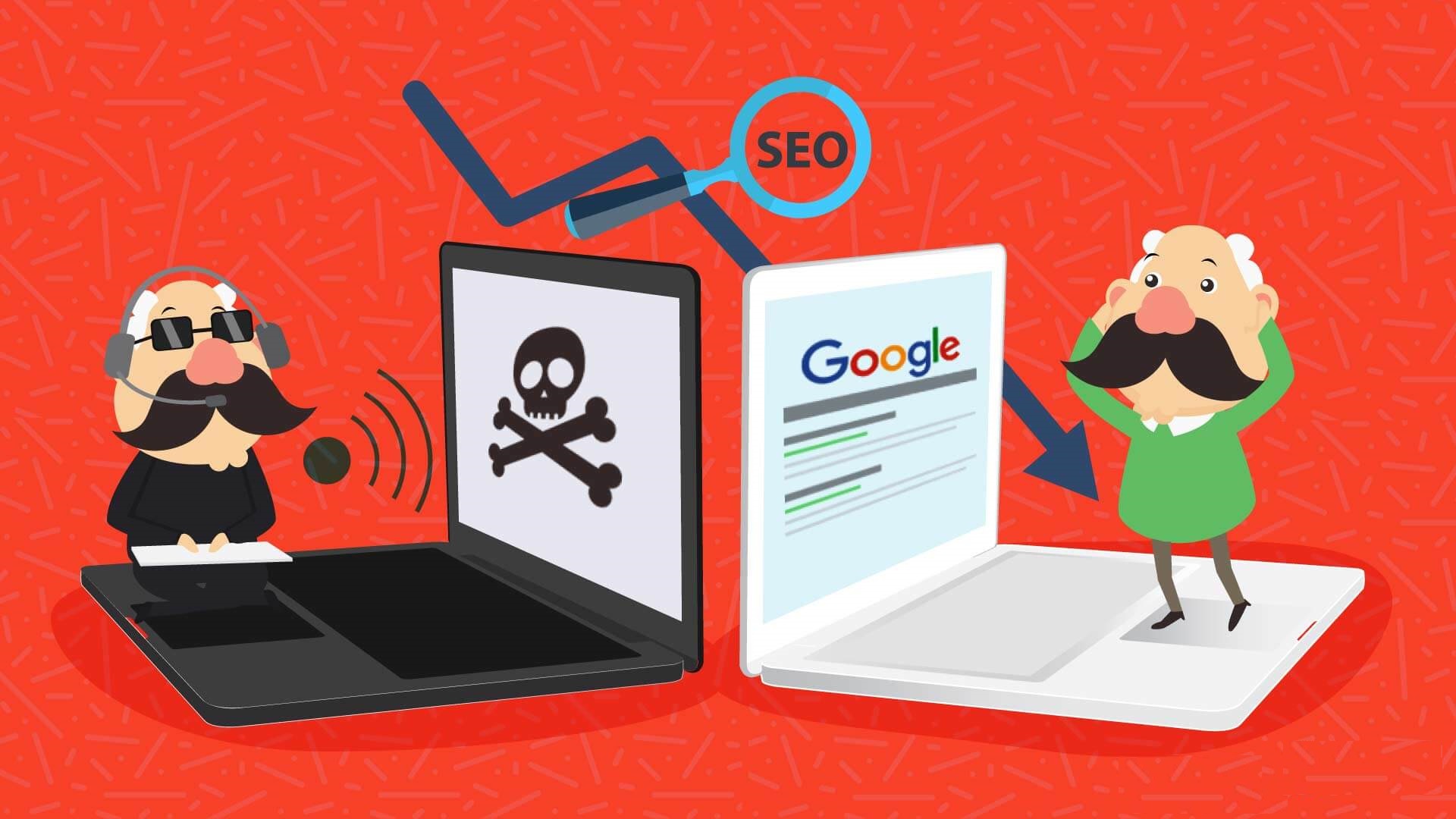What exactly is negative SEO? And how can your website be shielded from it?
What exactly is negative SEO? And how can your website be shielded from it? Let’s discuss it.
Making sure your website is optimized for search engines is one of the finest methods to attract attention to it, as any digital marketer will tell you. However, as more websites go live, SEO becomes more difficult, making it harder than ever before to rank number one on Google. While some work diligently to rank first in the proper manner, others turn to what is known as negative SEO to target their competitors.

What Is Negative SEO?
It involves deploying unethical SEO techniques by SEO Consultant on a competitor’s website.
These final four words are crucial. Negative SEO is not used by those that want to improve their own rankings. They attempt to degrade websites that are ranked higher than their own. These attacks are meant to damage the other site’s reputation and lower its rating.
Your website can be a candidate for negative SEO if it appears on Page 1 of the search results. Therefore, you must be alert for the warning indications.
How Does Negative SEO Work
Negative SEO works by undermining your website’s authority and search engine rating to the point where it either disappears from the internet altogether or is buried so deeply that no one can discover it.
People won’t visit your website if they can’t locate it, you would think. This will increase the likelihood that they will go to your competitor’s website instead.
When spammers conduct a negative SEO attack, they can do a few different things, for example.

Spammy links.
Copying your content verbatim.
Your website is being hacked.
Targeting your website with irrelevant and spammy anchor text.
Fake social media accounts that masquerade as you or your company.
Removing the existing high-quality backlinks to your website.
The most common kind of assault is link spam, in which low-quality spam links are added to the backlink profile of your website. These harmful links may direct people to your website or assist malicious websites in infecting computers with malware.
When this occurs, Google receives a significant warning sign that your site isn’t creating trustworthy, high-quality content. You are probably a prime target if you are on the first page of search results.
Fortunately, there are strategies to protect your website and maintain your position on the well-liked initial search results page.

Identifying a Negative SEO Attack
1. The abrupt drop in traffic
2. Getting a Google warning regarding links on your website that aren’t natural
3. A decline in the ranks for a specific term
4. A startling rise in the quantity of backlinks
5. Scraped content
Conclusion
In addition to these, you should always check to see if your website’s loading speed has lately changed or improved. This could indicate that someone is trying to crash your servers by making several requests at once.



